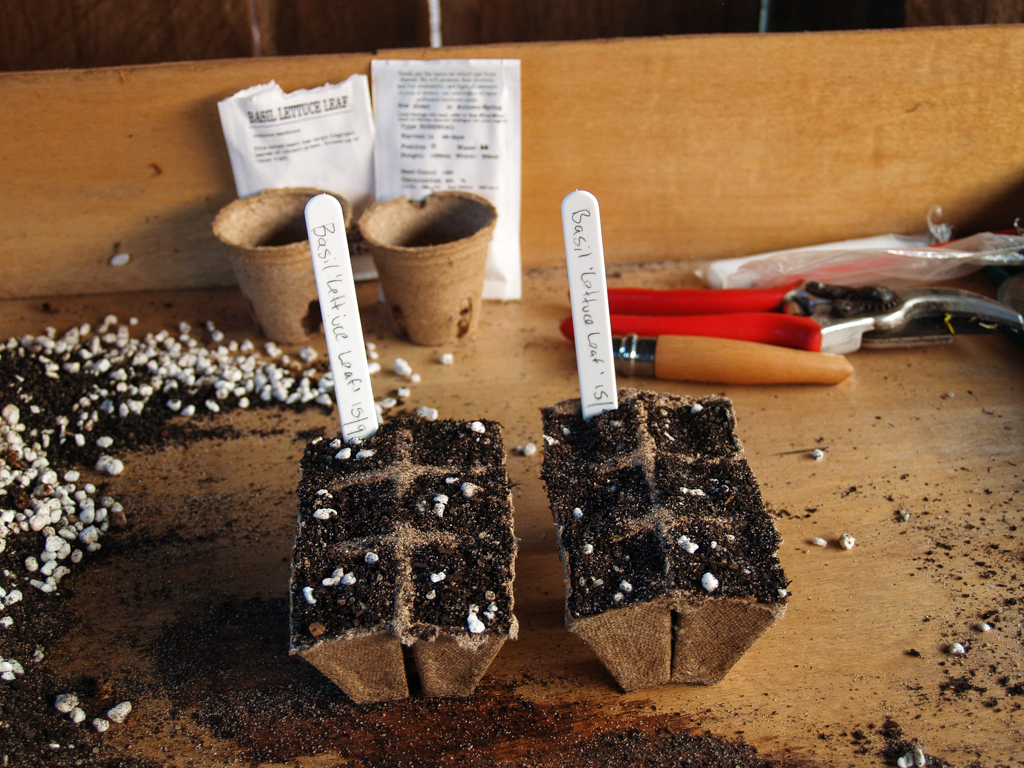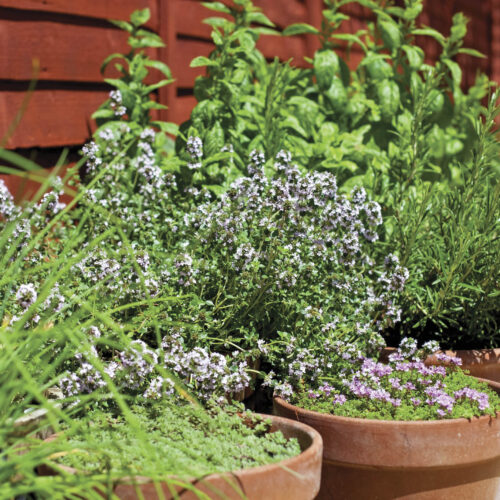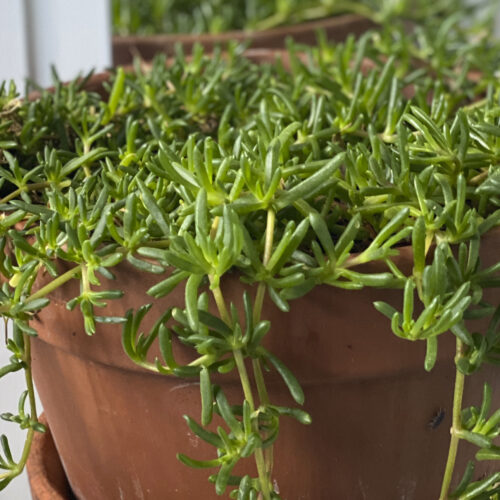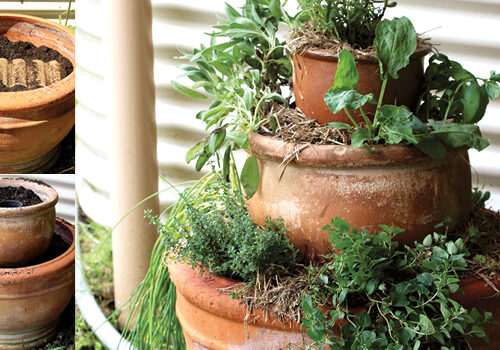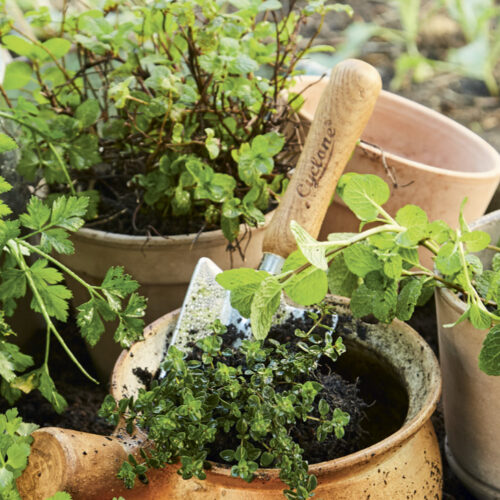The plastic pot problem
2013-08-22T00:04:33+10:00
Plastic pots are ubiquitous in the nursery industry and pose a serious waste problem. JUSTIN RUSSELL suggests ways that you can reduce the flow of plastic coming from your backyard.
Every industry has its dark side, and for the plant nursery trade, it is the waste generated by sale of millions of plants conveniently contained in plastic pots. To their credit, some individual nurseries and manufacturers have established recycling schemes. Others have opted for biodegradable pots made from corn starch or natural fibres. But in my experience these nurseries are in the minority and nearly every plant sold in Australia comes with a waste problem. It’s a serious, and overlooked issue.
Before the invention of the now ubiquitous plastic pot, plants were sold either bare rooted, in terracotta pots, or “balled and burlapped”. The latter method involved digging a plant from a nursery bed, taking as much of the rootball as possible and wrapping it in hessian to keep the soil intact and help prevent moisture loss.
These methods were low-tech, and low-impact, but they weren’t overly convenient. When plastic pots became widely available they were seen as a godsend – suddenly nurseries could scale up and grow plants with industrial efficiency, all thanks to an invention that was standardised, cheap, disposable and relatively easy to transport long distances.
The nursery industry has made some attempt to clean up its act in recent years, but still, millions upon millions of plastic pots are being dumped in landfill. Much more has to be done, and each of us should start at home, in our own backyards.
You’ve heard of the phrase reduce, reuse, recycle. My plant buying habits are focussed around the first two. I try to reduce the number of plants I purchase, choosing instead to propagate my own from seed, cuttings and division. When I do buy from a nursery, I look for plastic-free options. Sadly, they’re few and far between, so when I do buy a plant in plastic, I keep the pot for later reuse.
In one of my garden sheds I have a space dedicated to plastic containers. I roughly organise them according to size and colour so that it’s easy to grab what I need without having to rummage through the entire collection. And here’s the important bit: before I reuse the pot, I give it a thorough wash.
One of the downsides to reusing containers is that they can harbour plant diseases. A wash in soapy water eliminates most problems, but to be extra sure, it helps to soak pots in a bleach solution. It’s a fiddly job, and little fun on a cold August day. But it means that I can use a single pot dozens of times instead of once. If we all do our bit, the rivers of plastic waste flowing into our soils and oceans can be reduced to a trickle, if not one day stopped in its entirety.

